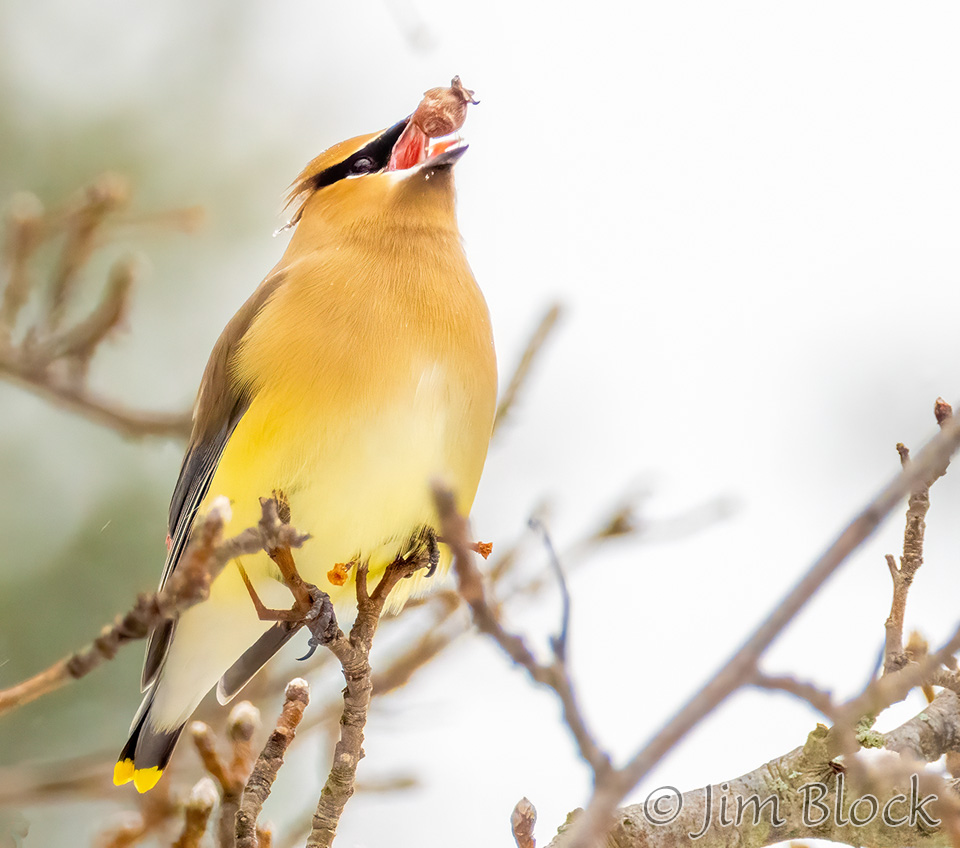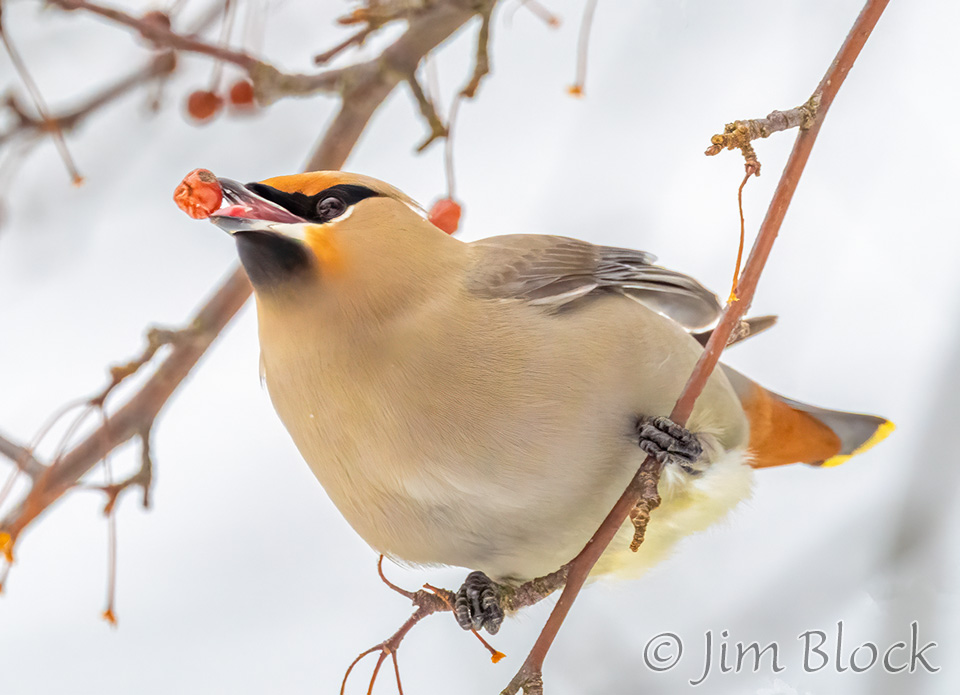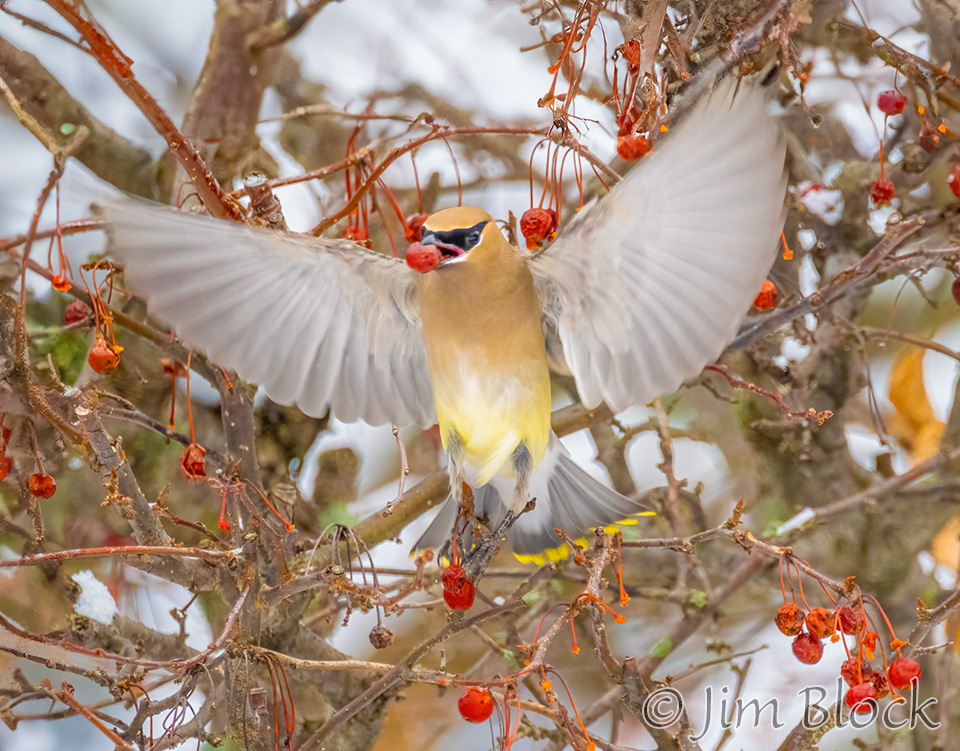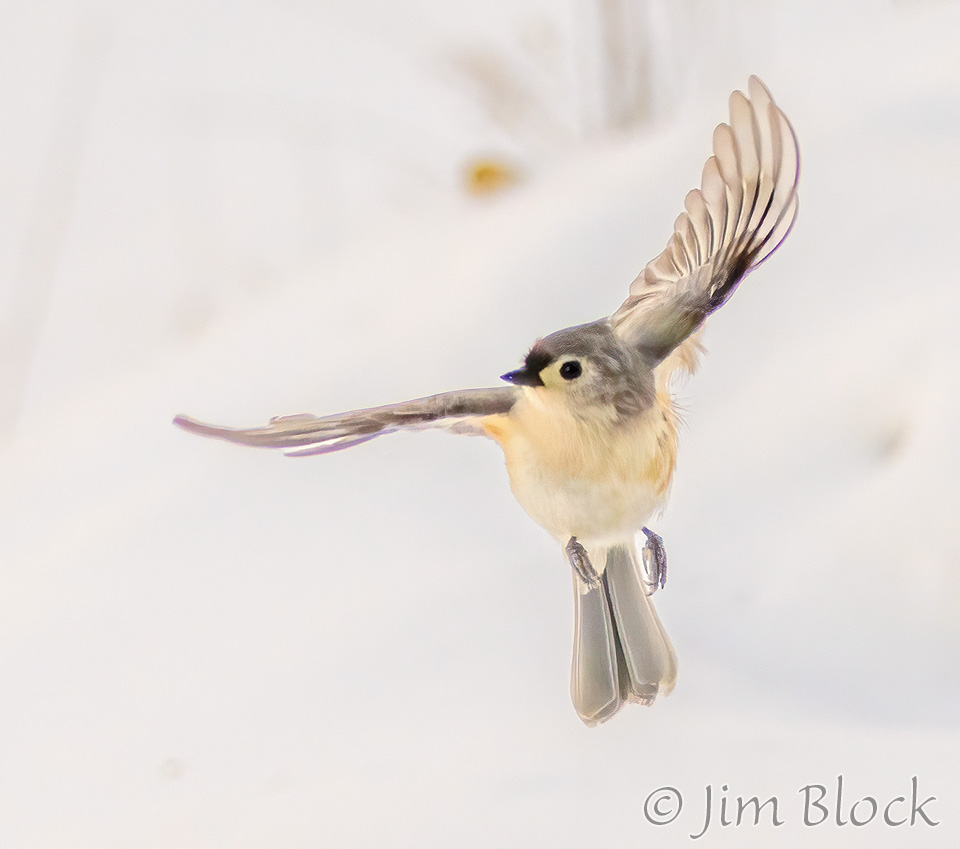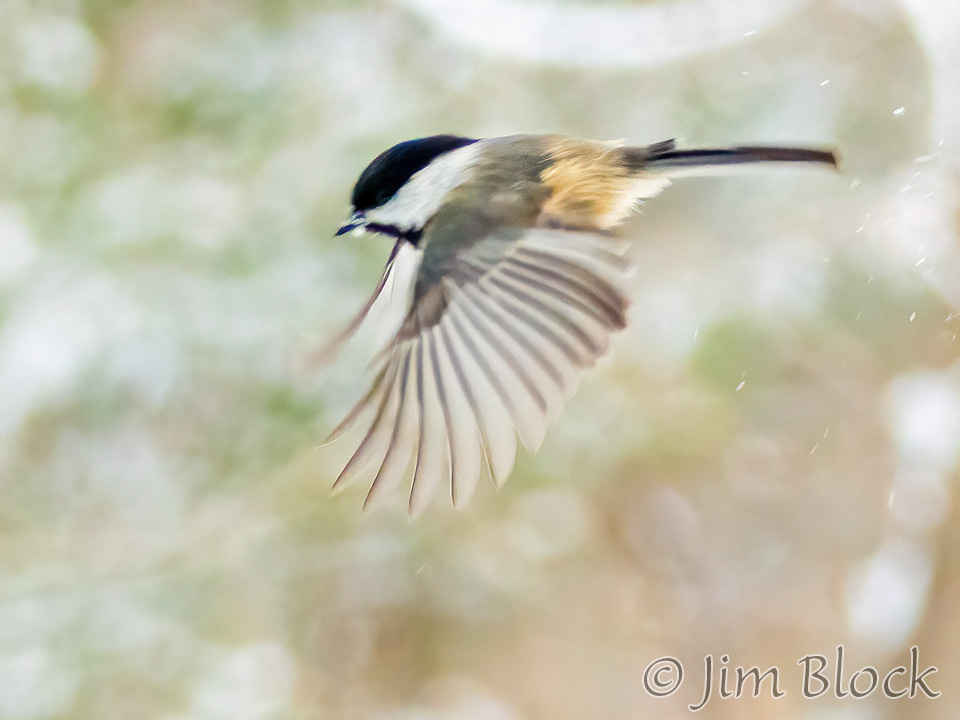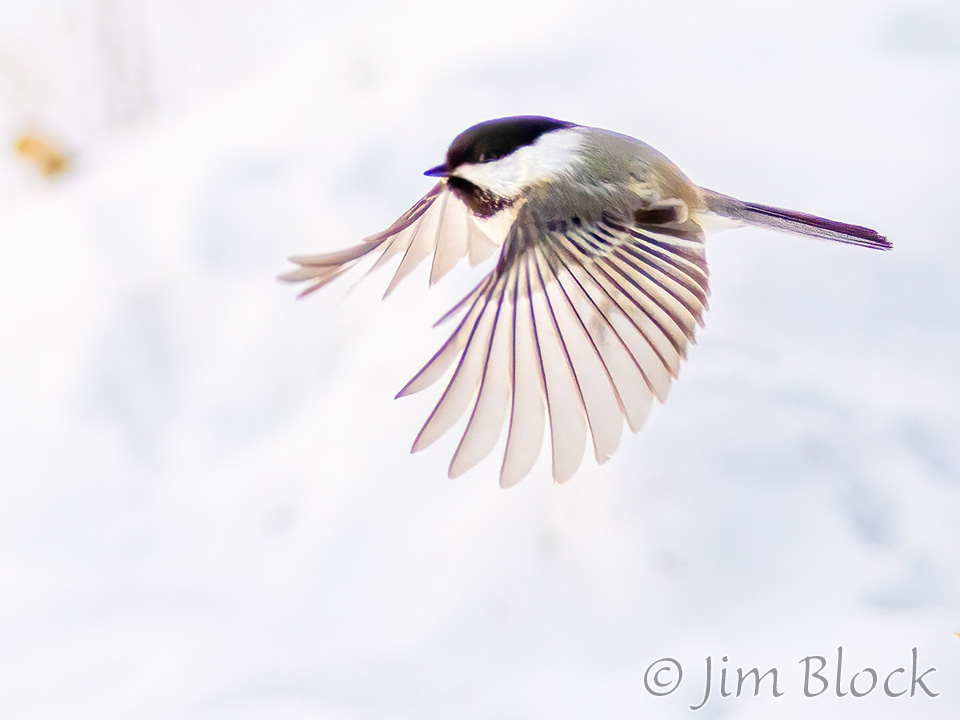
One unusual species and a bunch of regulars brightened the first two months of a somewhat mediocre winter.
Goldeneyes
The Barrow’s Goldeneye is very uncommon in the Upper Valley. One spent several days with some Common Goldeneyes in the Connecticut River at the confluence with the White River. I photographed them in the morning when the light was best from the NH side at Bridge Street Park in West Lebanon.

Almost a year ago I photographed Common Goldeneyes mating from the Vermont side in early contrasty light less than 2 miles upstream from this spot.
Two field marks distinguish the Barrow’s from Common Goldeneye. The Barrow’s wings are darker with white spots compared with the mostly-white wings of the Common. And the Barrow’s has an elongated crescent white spot on its cheek compared with the rounder one of the Common. In the photo below, the Barrow’s is farther from the camera.

In the photo below, taken the next day, they have changed places, and the Barrow’s is in front.

In the photo below, the Barrow’s is in front of two Common Goldeneyes.

Below he is behind a Common.

A female Common Goldeneye joined the group one morning.

Here is the female Common with the male Barrow’s.

The Barrow’s Goldeneye is about to dive in the photo below.

Here are three more photos of the Barrow’s Goldeneye.



And three photos of Common Goldeneyes.
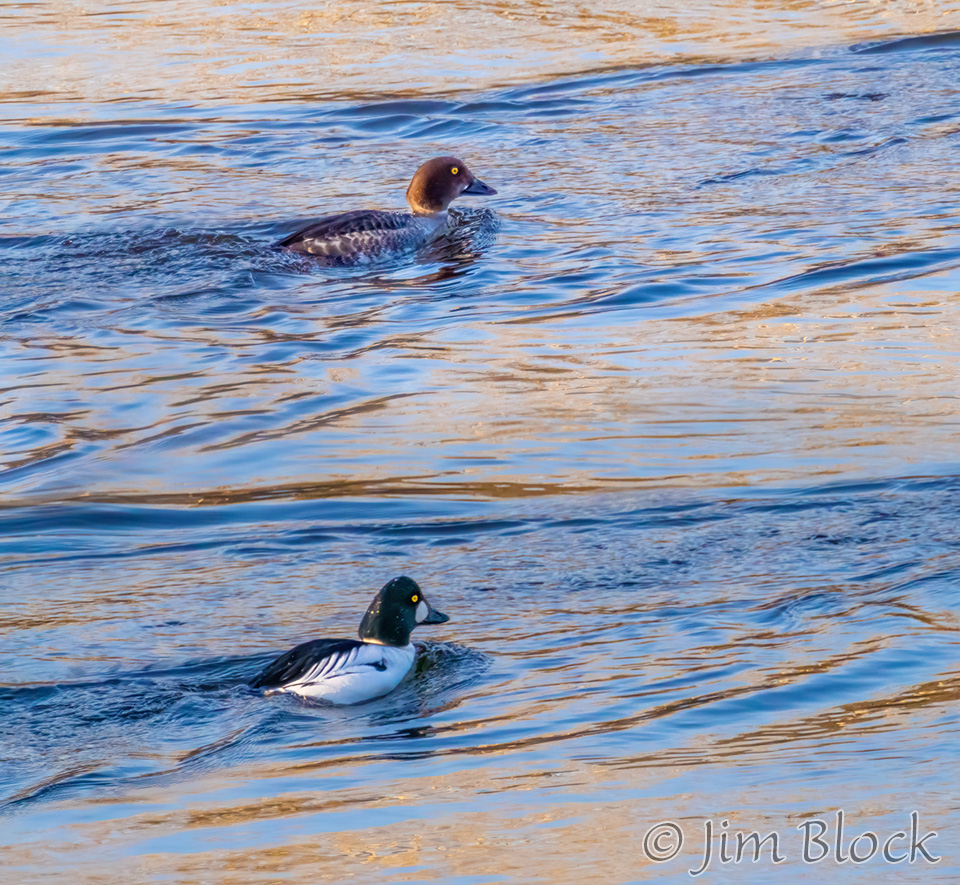
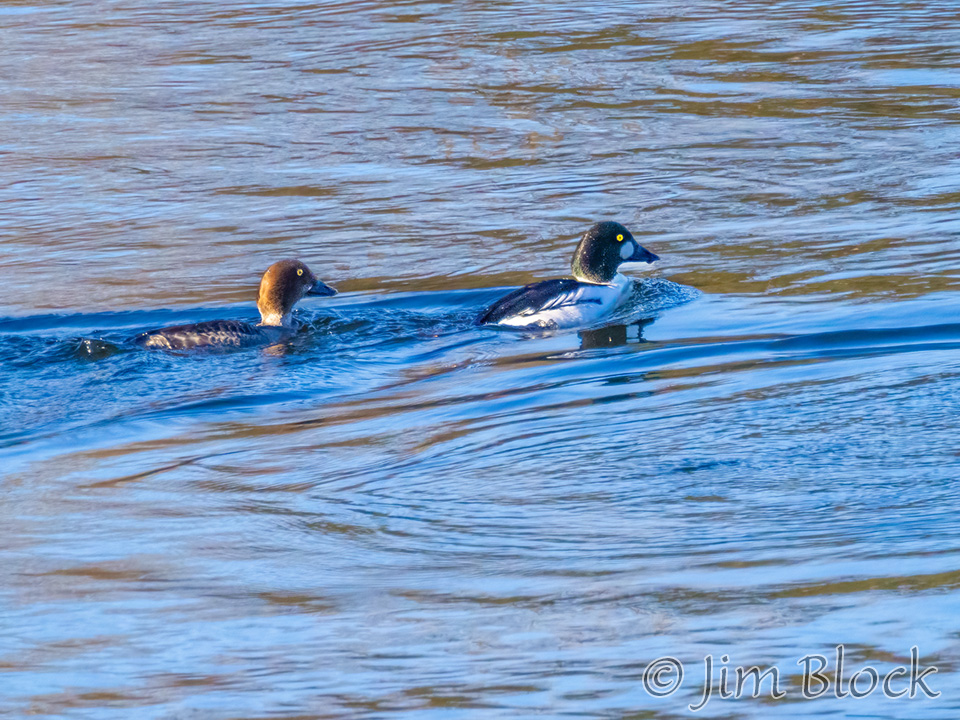

Waxwings
I spotted a few waxwings in White River Junction, VT, New London, NH, and, most surprisingly, in our yard in Etna. I did not spend much time with them at any of the spots. They were “flighty”, and my timing for birds was not great this season.
Why they paid a first-ever visit to our Etna yard is a mystery. There are no berries around. I spotted them late in the afternoon on a very cold day in some birch. They then flew to some small oaks and seem to shelter in the remaining leaves. There are actually eight in the photo below.


The pair at the right in the photo above nestled against each other for the whole 10 minutes I was present. I walked right up to them and they did not move.

There were about a dozen in total. I saw one Bohemian Waxwing which is distinguished by its rufus undertail coverts.

Below are some of the waxwings I photographed around the Upper Valley on January 30 and February 1.
Finch
Three finch species visited our yard this winter: Purple Finch, American Goldfinch, and Pine Siskin.
About a dozen Purple Finch appeared every early morning and late afternoon for over 6 weeks in early 2024. The males are rosy red.

The females are brownish.

Below are two females having a bit of a tussle.
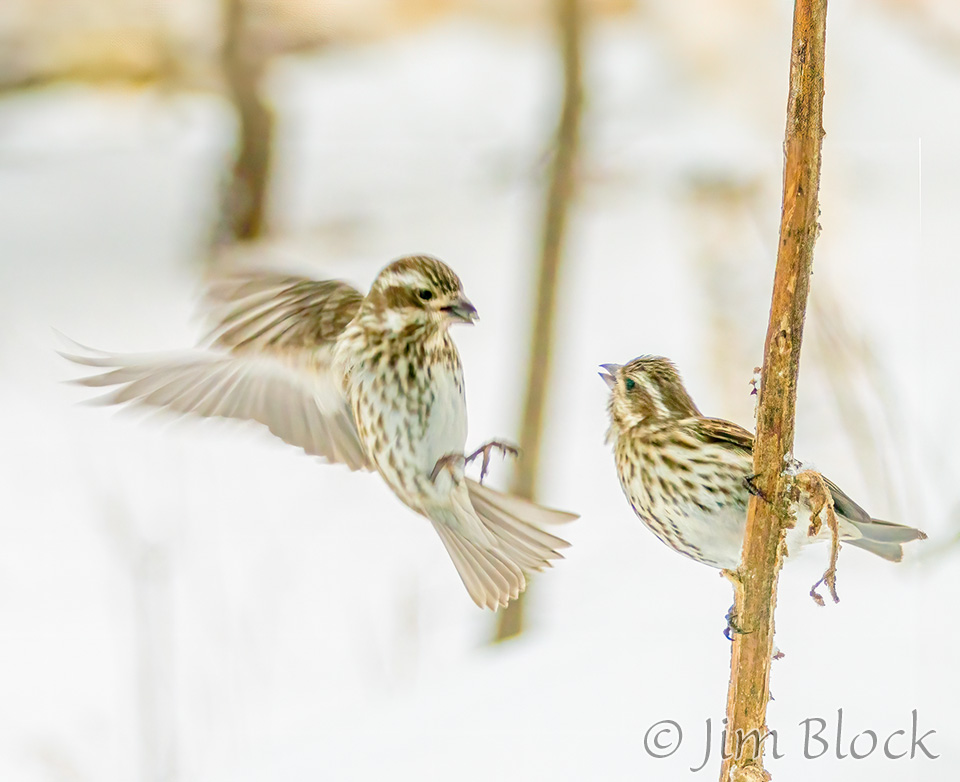

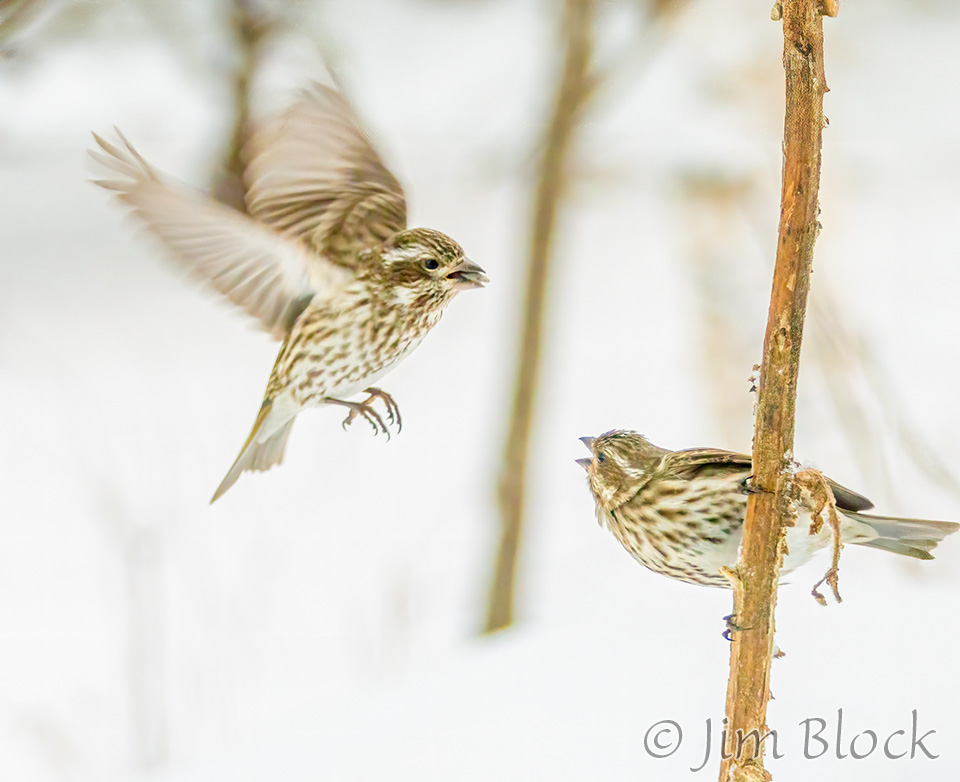
Below are photos of Purple Finch from our Etna yard.
Pine Siskin visited briefly twice. For a mostly-brown bird, they are quite beautiful. Here are three photos from February 20.



American Goldfinch made a few appearances in our yard. Here are four photos from three days in December and January.




A Tufted Titmouse tried to land on a mullein stalk occupied by an American Goldfinch. It turned away.



Tufted Titmouse
Tufted Titmice are closely related to Black-capped Chickadees, both in the Family Paridae. Both are regulars.
A dead branch blew down and lodged vertically in our yard. I was going to remove it, but before I could it was visited by a squirrel, woodpecker, and titmouse. I left it until if finally toppled on its own. Here is a titmouse in the very early morning blue light of the shade.

We did not get a lot of snow in our yard, but what we got tended to stay around. Here are photos from December and January, about a month apart.


It was fun to try to capture titmice flying when I should have been doing other things. Here are some.
Black-capped Chickadee
“Oh, its just a chickadee”, says a disappointed birder searching for a colorful warbler. They get little respect, but our common chickadee is still a fun bird to enjoy, especially when other species are absent. Here are three photos with snow and ice in December and over a month later in January.

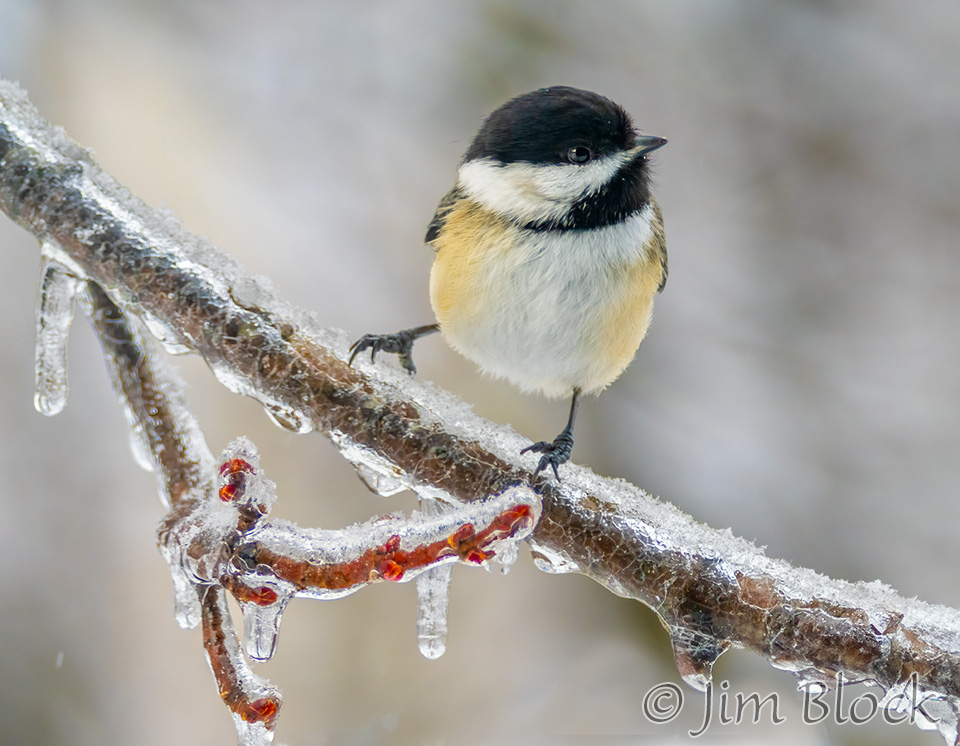

Like the titmice, it is fun to try to photograph them in flight.
Horned Lark
I visited Walpole, NH, a fairly reliable area for Horned Larks in winter. Unfortunately I chose a dull afternoon that got steadily darker after I arrived and then it started to snow. This seemed to be in keeping with my poor timing for bird photography this winter. The ground in January was part snow and part bare.
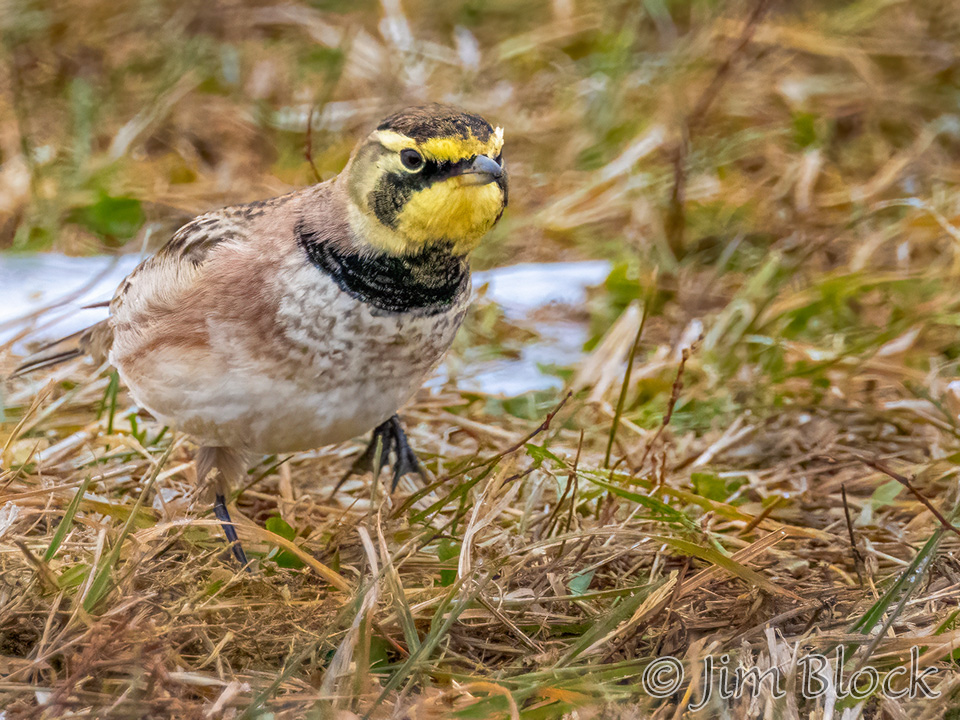


Like with other species, it was fun and challenging to photograph the Horned Larks in flight. It was made more difficult by the low light conditions. But I did get a few acceptable shots.
Assorted Species
From the Connecticut River Road in White River Junction, VT, I photographed a pair of Bald Eagles that seem to be setting up housekeeping again in an old nest on Johnston Island in the Connecticut River.

Along Route 4 in Lebanon, a Red-tailed Hawk perched on a pole and then flew.
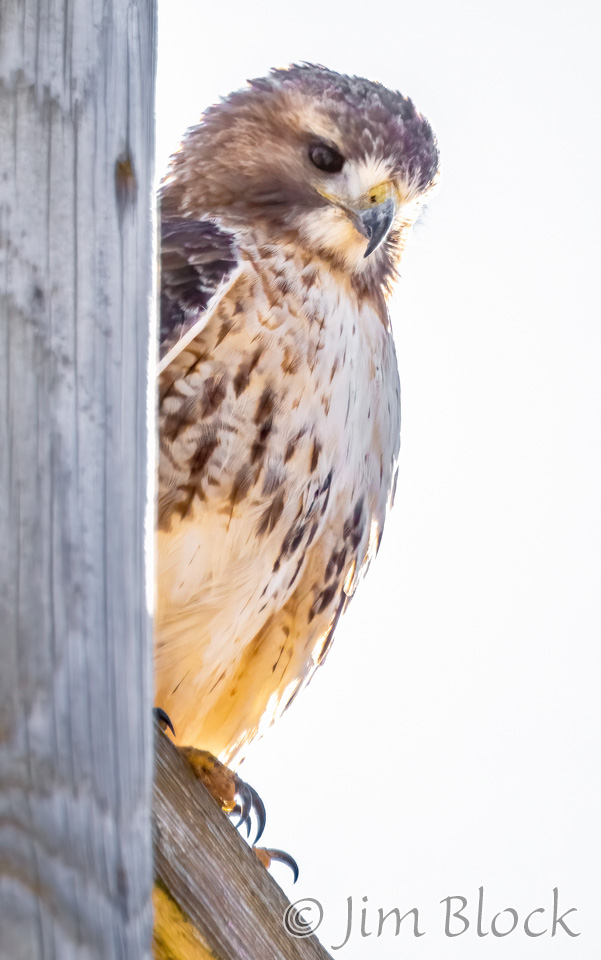

A Barred Owl paid us a short visit around 7:30 am in early February. You can see by this pair of photos that the owl can rotated its head left (top photo) or right (bottom photo) an amazing amount. Owls can rotate their heads a total of 270 degrees, more that any other animal.


A Blue Jay took exception to its presence but left before the owl did.


I photographed a Downy Woodpecker on a mullein stalk twice in early January.
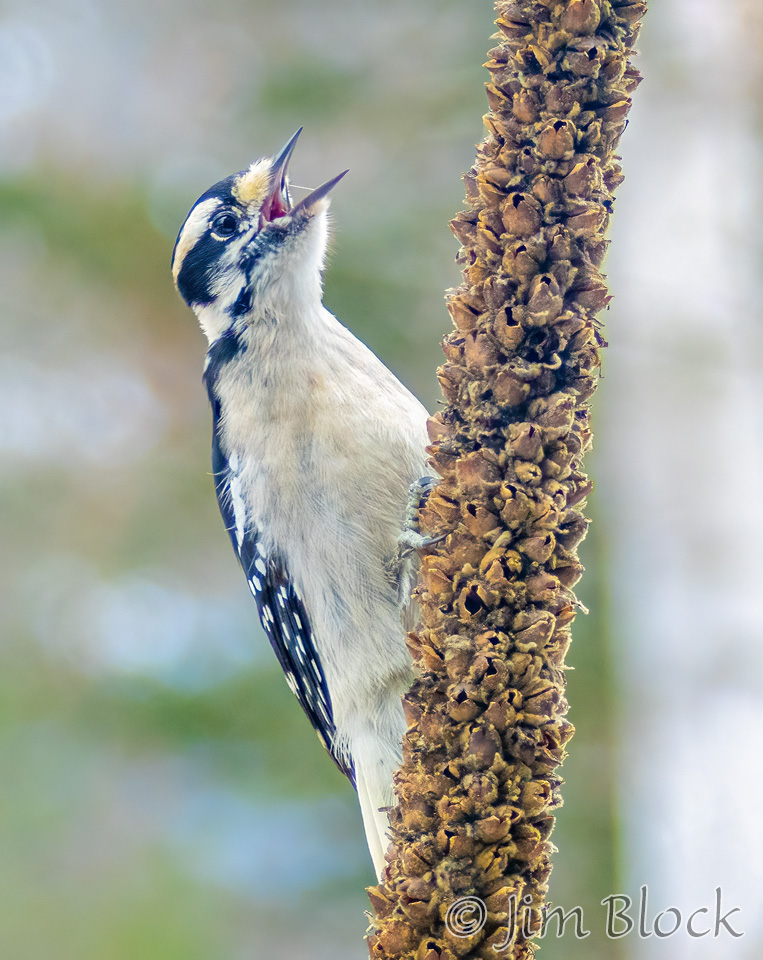

I photographed a male Hairy Woodpecker in January and February.



A Blue Jay scratched in the snow in mid-January.

Mourning Doves visit our yard occasionally.


I managed to get a very poor photo of a Brown Creeper moving fast up a tree in our yard one late afternoon. You can see better photos of this charming and hard-to-photograph species if you CLICK HERE.

I have not seen a Red-breasted Nuthatch all season, but here are two White-breasted Nuthatch photos from two days in January.


When trying to photograph waxwings, I took some photos of American Robins also working the same trees.



European Starlings were also present.

Driving Route 5 in Norwich, VT, I spotted a bird flying that looked interesting. I turned around, parked, and was able to get fairly close to a backlit Eastern Bluebird.

I found these American Tree Sparrow at a feeder in White River Junction, VT.


And a White-throated Sparrow.

Also at the same feeder, a female Northern Cardinal. The male was too shy for a good photo, but I think the female is prettier anyway.


Finally, in our yard, a Dark-eyed Junco.
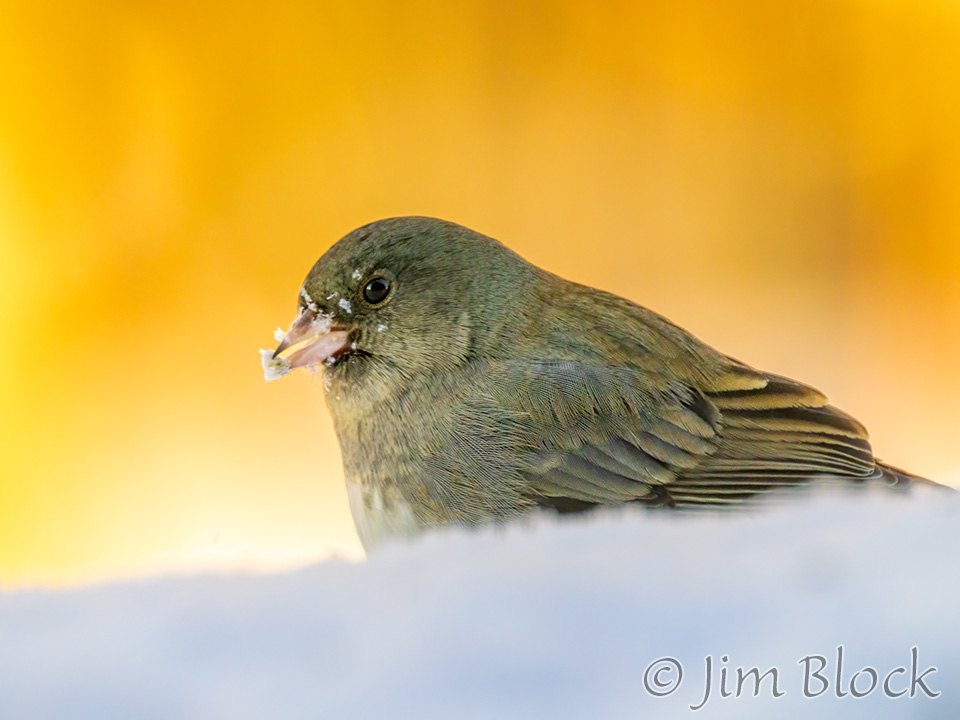
Looking back, although I had a number of less-than-successful trips searching for birds, I got a few photos I’m pleased to share. Birds bring joy during a mediocre winter with few chances to snowshoe or ice skate.
If you would like to learn about many great birding spots in the Upper Valley of NH and VT, please click the box below.


